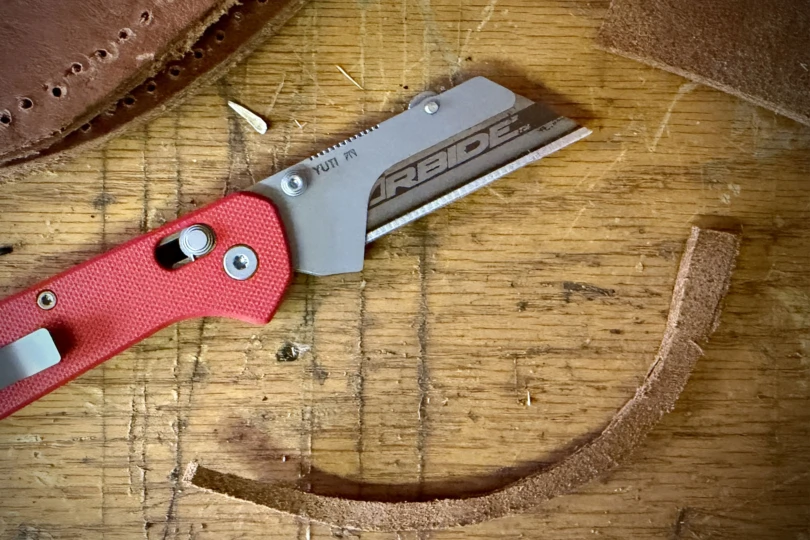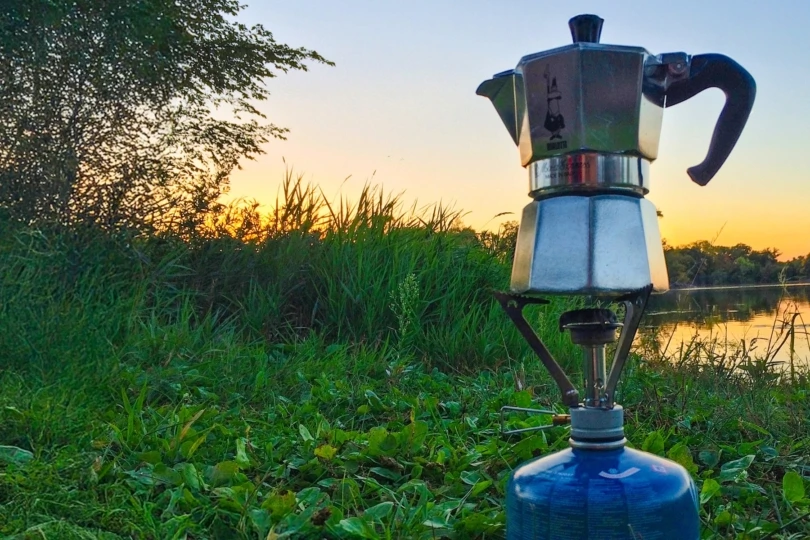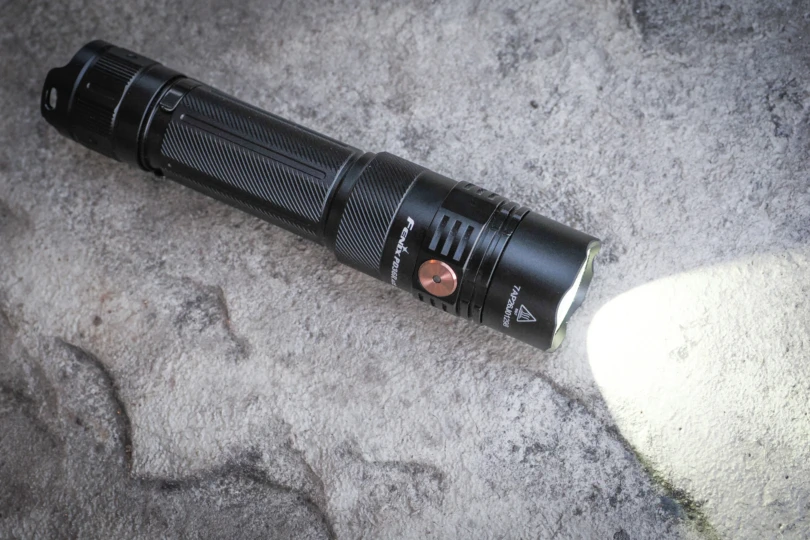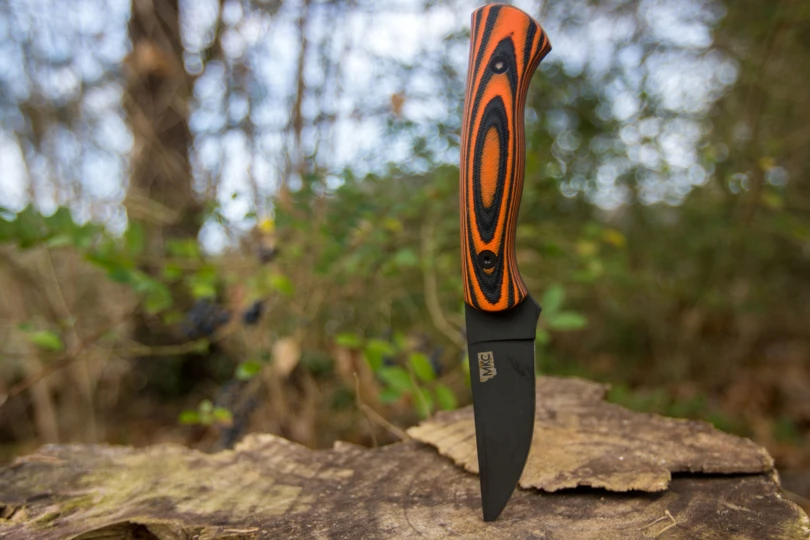The right gear in your backpack can literally save your life. But what survival gear should you bring?
Surviving in the wild — no matter the location or the time of year — depends more on human wit than the gear you have in your pack. But all survival experts still recommend assembling an emergency kit of equipment to stay with you at all times in the wilderness.
(This article first published in 2007. It has been updated for 2020.)
Indeed, if you’re lost or injured, the right gear can mean the difference between a comfortable night spent outdoors and a cold one. Items like a whistle or a signal mirror can alter fate to issue rescue instead of abandonment.
We interviewed survival experts for advice and top gear picks for survival situations. Read on for their recommendations.
Survival Gear to Save Your Life
A survival kit is something most hikers, hunters, and explorers will never break open. It will sit in the bottom of a backpack, potentially for years, encased in a waterproof vessel of some sort, lightweight and out of the way.
The leanest survival kits are stored in Altoids tins and the like, and they include just the bare backwoods essentials: matches, firestarters, fishing line, a tiny compass, water purification tablets, a whistle, a small rescue mirror, and so on.
“As far as survival gear goes, it really depends on the space you have available, how much weight you can comfortably carry, and how far you plan to venture,” said Mike Forti, a graduate of the United States Air Force Survival School.
“In reality, a backpack full of camping gear is simply a large ‘survival kit’ designed for a comfortable and extended stay in the wilderness. A much smaller version of this might consist of a tobacco tin with relatively few items tightly packed in.”
Doug Ritter, Survivalist Website Equipped to Survive
Developed by Doug Ritter, founder of the survivalist website Equipped to Survive, the Pocket Survival Pack is a commercial option for people who choose to take the minimalist route.
Made by Survive Outdoors Longer, this wallet-size packet of miniature multiuse survival items is like any emergency kit. It can help lost or injured explorers signal helicopters and planes, start fires, boil water, melt snow for water, catch fish, navigate through the woods, trap small animals, perform rudimentary first aid, and repair damaged gear.
The kit includes duct tape, a pencil, safety pins, a sewing needle, nylon thread, aluminum foil, a compass, fish hooks and sinkers, a magnifying lens, braided nylon cord, stainless steel wire, a scalpel blade, a signal mirror, a firestarter, tinder, waterproof paper, a whistle, and a waterproof instructional sheet on the items.
All these items squeeze into a waterproof container, and the whole 4-ounce bundle costs $41.
Mike Forti, United States Air Force Survival School
But minimalist kits have limitations, Forti said: “They can provide the bare essentials for a miserable, short-duration stay.”
His kit of choice is a bit larger and bulkier, but not overbearingly so. It can be worn on a belt in a pouch and includes enough gear to make a longer “unplanned wilderness excursion” survivable with some modicum of basic comfort.
When assembling a kit for any trip, Forti takes something he calls the “rule of 3’s” into account. This helpful guideline assumes that you can die in 3 hours when exposed to bad weather, in 3 days from thirst, and in 3 weeks from lack of food.
“These are not hard-and-fast timeframes, but they are easy to remember and are therefore decent guidelines,” he said. “For this reason, most survival kits do not contain Twinkies and juice boxes.”
Instead, Forti’s gear stresses rescue and protection from the elements. His No. 1 piece of survival gear is a knife, specifically something large like a machete. “A good knife can be a survival kit unto itself,” he said.
From chopping branches and trees for a shelter to making of a bow drill for a fire to whittling a snare, a knife in the hands of a knowledgeable individual, Forti said, is the key item in a kit.
Perhaps unexpectedly, item No. 2 on Forti’s list is a cellphone. “The simple fact is that cellphones save lives,” he said. “They can turn a survival saga into a non-event.”
Todd Smith, Outdoor Life Magazine
In a similar vein, Todd Smith, former editor-in-chief of Outdoor Life magazine, stresses rescue in emergency wilderness situations via quick communication with the outside world.
In addition to a cellphone, Smith recommends personal locator beacons (PLBs), which are essentially emergency radio signal devices that communicate with satellites (and thus rescue personnel) from anywhere on the globe.
Editor’s note: Since this article first published, PLBs have evolved dramatically. Today, products like the Garmin inReach and SPOT X allow for excellent communication from almost anywhere on the globe.
He said PLBs are an excellent investment for those planning on spending a lot of time in the backcountry, especially people who go solo.
At the push of a button, PLBs transmit your position via GPS coordinates to search-and-rescue centers, who may be able to then start a search process within minutes.
PLBs have initiated thousands of rescues. But don’t rely on others for help. Your first goal should always be self-rescue, with PLBs as a last-resort safety net.
Beyond PLBs, Smith said a survival kit should include items like a map of the area, a compass, a space blanket, first aid, a flashlight or headlamp, and fire-starting supplies. He recommends keeping the essential stuff physically attached to your body in a pouch on your belt.
Gear needs to be customized for each trip, Smith added. “I tell people to make a basic survival kit, but then add gear appropriate for where you’re going, be it the ocean, the desert, the tropics, the arctic, the mountains, or any other environment.”
Even people driving through the Rocky Mountains, Smith said, should have a survival kit in their car. It should include a sleeping bag, warm extra clothing, food, water, and charged-up cellphones.
“Have a game plan in place anytime you’re in the wilderness,” Smith said. “You can be prepared for just about anything.”
Recommended Survival Kits: Top 10 Essentials
To trim a survival kit down to its top 10 essentials is to reveal the utmost necessary items for ad hoc shelter, warmth, communication, navigation, and sustenance in the deep backwoods. Here are three survivalists’ lean lists of gear you should not be without in any wilderness situation.
Doug Ritter, Equipped to Survive
- Heatsheets space blanket
- Gloves
- Chlorine dioxide water-purification tablets
- Braided nylon line
- Whistle
- Lighter
- Waterproof matches
- Tinder (for fire-starting)
- Signal mirror
- Personal locator beacon (PLB)
Mike Forti, United States Air Force Survival School
- Large knife (machete or hatchet)
- Cellphone
- BIC lighter
- 9 x 12-foot plastic painter’s tarp (0.35 mm thick)
- Mylar survival blanket
- Mini LED flashlight
- Water-purification tablets
- Water container of some sort
- Small roll of fishing line or dental floss
- $50 bill (“After a few days lost in the woods eating bugs, it would be a real shame to emerge next to a 7-Eleven and have no money for food,” Forti said.)
Todd Smith, Outdoor Life Magazine
- Personal locator beacon (PLB) or cellphone
- Map of area
- Compass
- Small first-aid kit
- Water bottle
- Flashlight/headlamp
- Lighter and firestarters
- Space blanket/bivy sack
- Whistle
- Signal mirror
Survival Technology Updates: 2020
Personal locator beacons: These are smaller, affordable, reliable, and offer many new features. Companies like SPOT, Garmin, and Somewear now offer products that post almost real-time tracks of adventurers far off the grid.
The SPOT Gen4, for example, sells for as low as $150 and enables users to send simple, pre-programmed messages (“all OK,” “send help,” etc.) to friends and family or initiate rescue through a first-responder network. And the SPOT X has a keyboard and allows for complete two-way messaging.
Satellite messaging: Sending text messages via satellite phone has gotten affordable. Garmin’s inReach, a satellite-based GPS communicator, costs $450. And for $50 per month, it offers unlimited texting from almost anywhere on the planet.
Cellphones: Cellphones are still not 100% reliable in the backcountry. But service coverage and the usefulness of smartphones, even in remote places, are remarkable. Many adventurers carry them as cameras, and they work great as GPS and electronic compass navigation.
Today, most of them also work as flashlights. Regardless, they are worthless if the battery is dead, so plan accordingly.









